Water stops every 100km and not a petrol station in sight: Riding Canada tested my self-reliance to the max
Isobel Duxfield takes us on a tour of Canada's wilderness
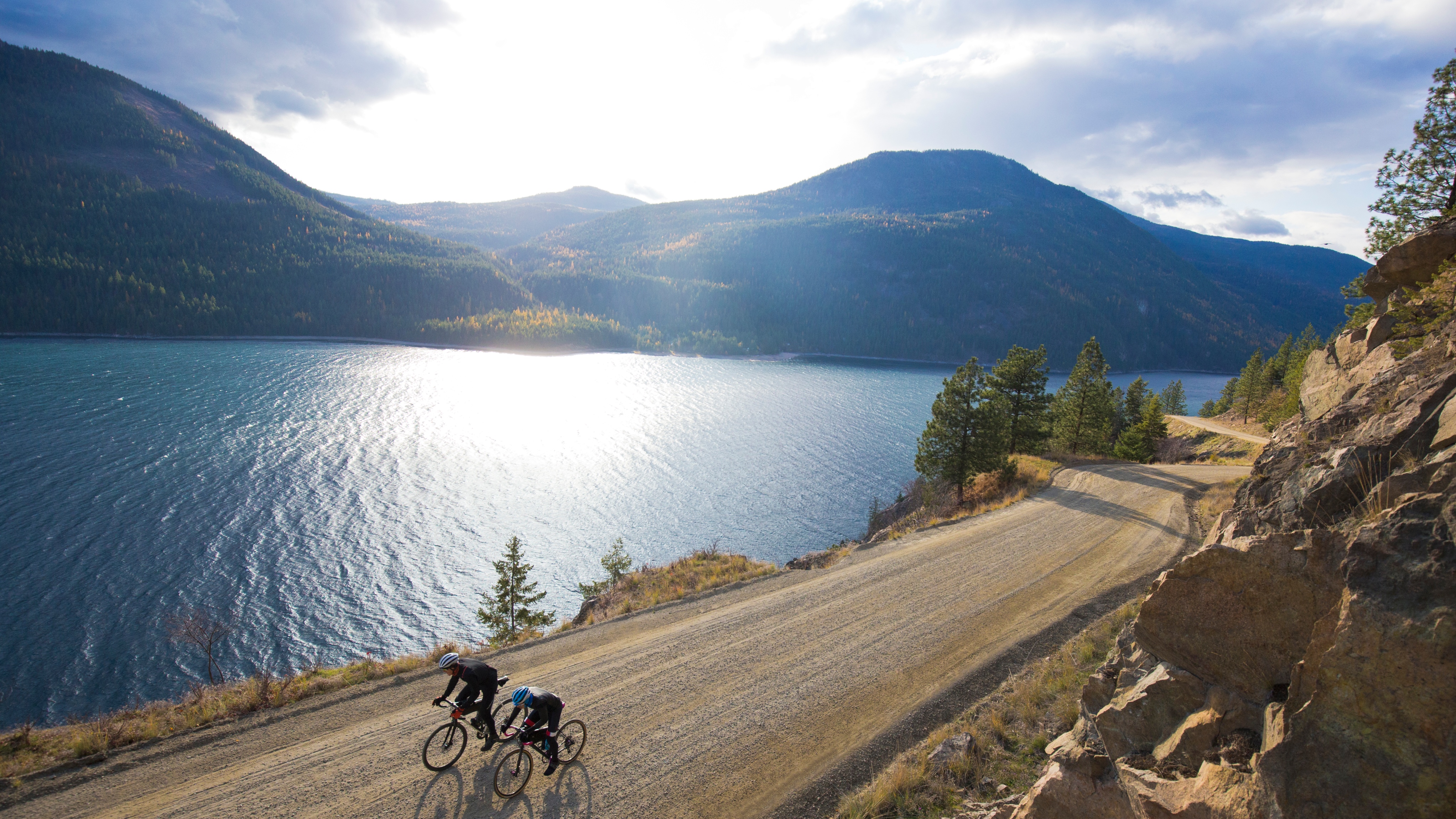
Road-tripping in Canada’s British Columbia is big business. Every year, thousands of tourists flood to the province to experience its breath-taking landscapes and wildlife.
You can’t miss them, whizzing around in colossal campervans or monster RVs, bigger than a London flat, and just as pricey. However, if you really want to see the beauty of British Columbia, you need to do it by bike.
I have spent three months cycling around the province. Beginning in Calgary, I crossed to Vancouver, around Vancouver Island, along the Sunshine Coast, up past Howe Sounds and Whistler’s snow capped peaks, all the way north past Prince George, westwards to Prince Rupert, and back again. Mountains, rivers, forests and lakes; bears, moose and whales — often all in a single day. However, it was more of a challenge than I bargained for.
Prepare for the wilderness
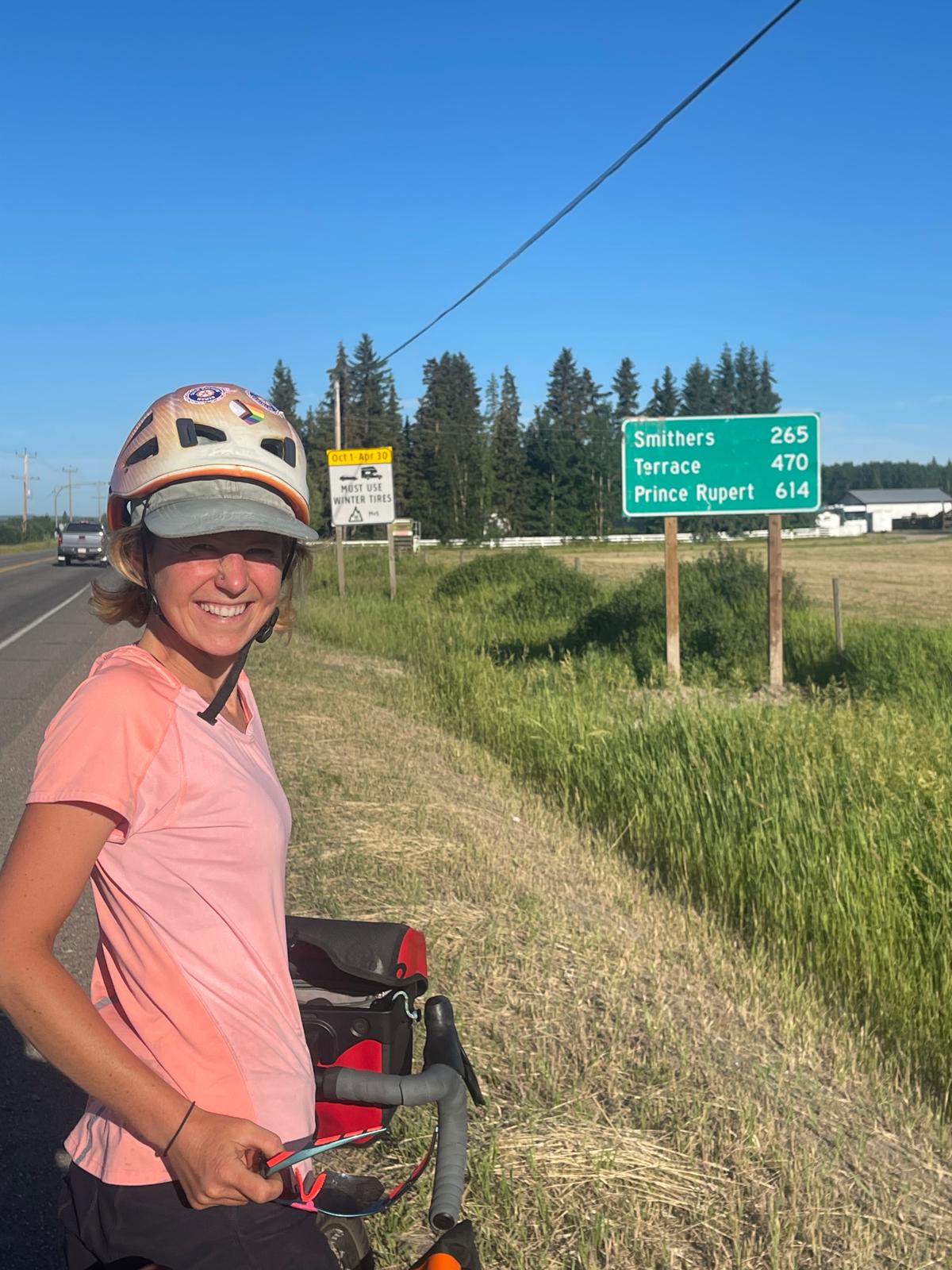
Isobel is a seasoned tourer - but British Columbia represented a challenge
“That’s it, I’m sick of cycling, I’m done!” I told myself, and anybody who would listen.
I had just returned from a five month tour which took me from Turkey to England, and had arrived back, ready to hang up my cycling shorts, or so I thought.
Within one week, the itch had returned. Where could I go next? I wanted something a bit different.
Looking back, I was unprepared for Canada; I let my over-inflated cycling ego get the better of me. The closest I had ever been to the county was the pages of National Geographic. But, like one of those tabloid columns about the foolish tourist who ventures out in flip-flops to climb Snowdon, I looked at a map of British Columbia for five minutes and thought, “Yeah, I reckon I cycle do that!”
Get The Leadout Newsletter
The latest race content, interviews, features, reviews and expert buying guides, direct to your inbox!
This is not an approach I recommend to readers.
Weather blows hot and cold
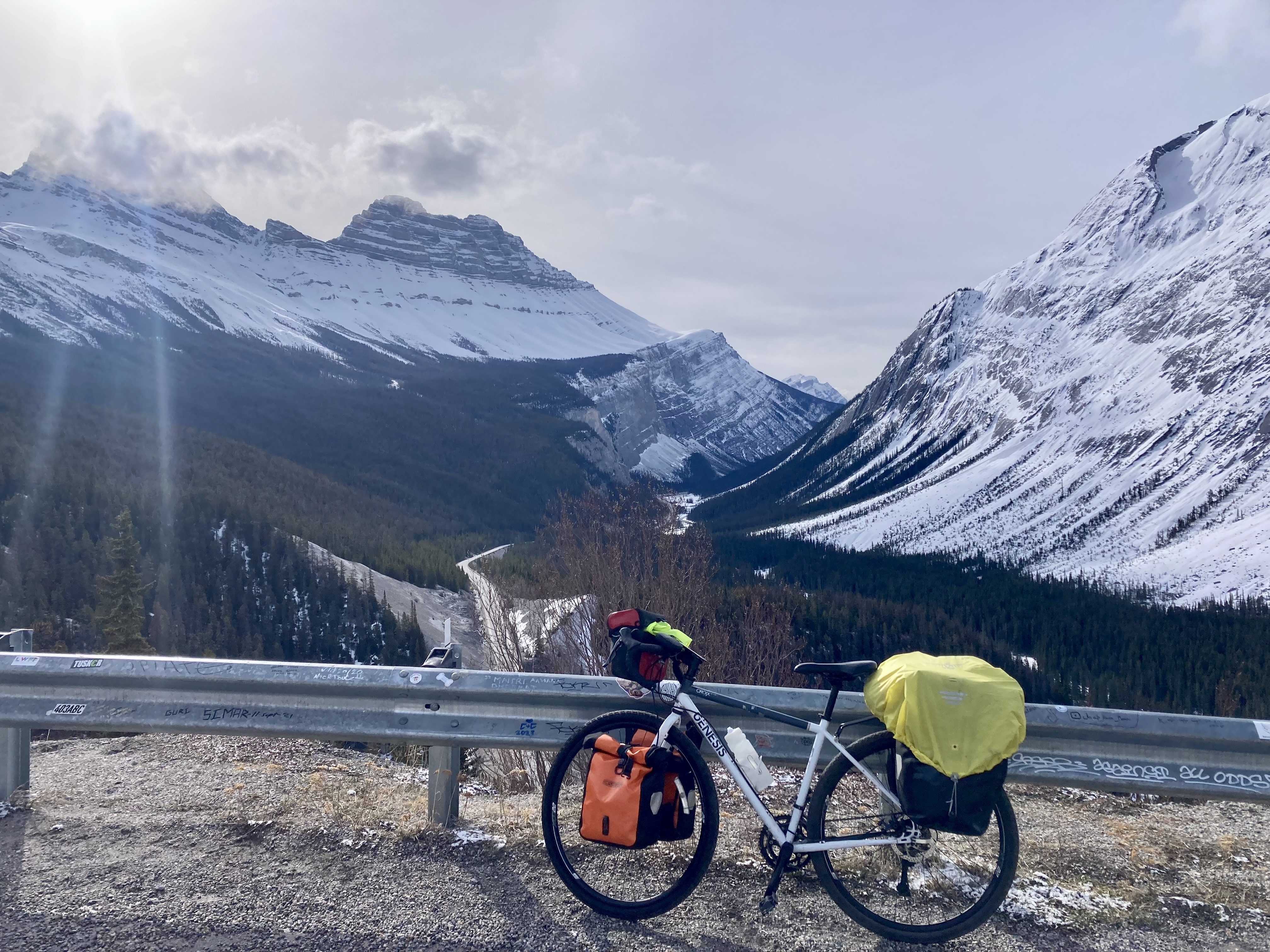
Temperature changes were extreme
Canada is a country of extremes, when it comes to climate. The weather lurches from bitterly cold, to torrential downpours to staggering heat; and I went through it all.
I set off at the end of April.
“The snow should have melted by then, it won't be too cold,” I told myself and others who dared to doubt my planning.
Oh how wrong I was. Somewhat embarrassingly, given I have a degree in geography.
The first section, leaving Calgary, began well. While headwinds made progress painstakingly slow — winds were so strong I think I may have been travelling backwards at some points —the sun shon.
The Rockies was a different story. Snow began to fall, temperatures plummeted to -15 degrees celsius and the icy winds whipped my face. I have to admit, as I begged the Columbia Glacier Visitor Centre (closed for the winter season) to permit me shelter from the cold, I was questioning my life choices. This was not quite what I had pictured when I imagined springtime cycling in Canada. It had certainly not looked like this in the National Geographic.
Drivers honked their horns in solidarity (or more likely pity) at the lonesome woman pedalling through the snow, one guy even pulled over to take pictures of me. At every gas station, somebody would offer me a lift, which I declined with reluctance, even as the warm aircon wafted towards me.
Reaching Vancouver the sun returned and temperatures, along with my morale, recovered. However, this sweet reprieve proved short-lived lived and the heavens opened, for what seemed like weeks. I pedalled around Vancouver Island and the Sunshine Coast (a horribly ironic name), my face fixed downwards and hands gripped on the handlebars as rain pelted me from all directions. The pitiful honks resumed with even greater zeal.
By July, as I headed north again, this time up to Prince Rupert, temperatures soared to 40 degrees celsius. I was sweating from every crevice of my body as I pedalled up the 17% hill towards Duffy Lake, and to my horror, cycling downhill proved worse than climbing up, with the breeze like having a hairdryer pointed full blast into my face. I would have sold a kidney for 5 minutes of that -15 degree paradise.
This time nobody honked their horn, they just shook their heads in disbelief.
Wilderness like never before
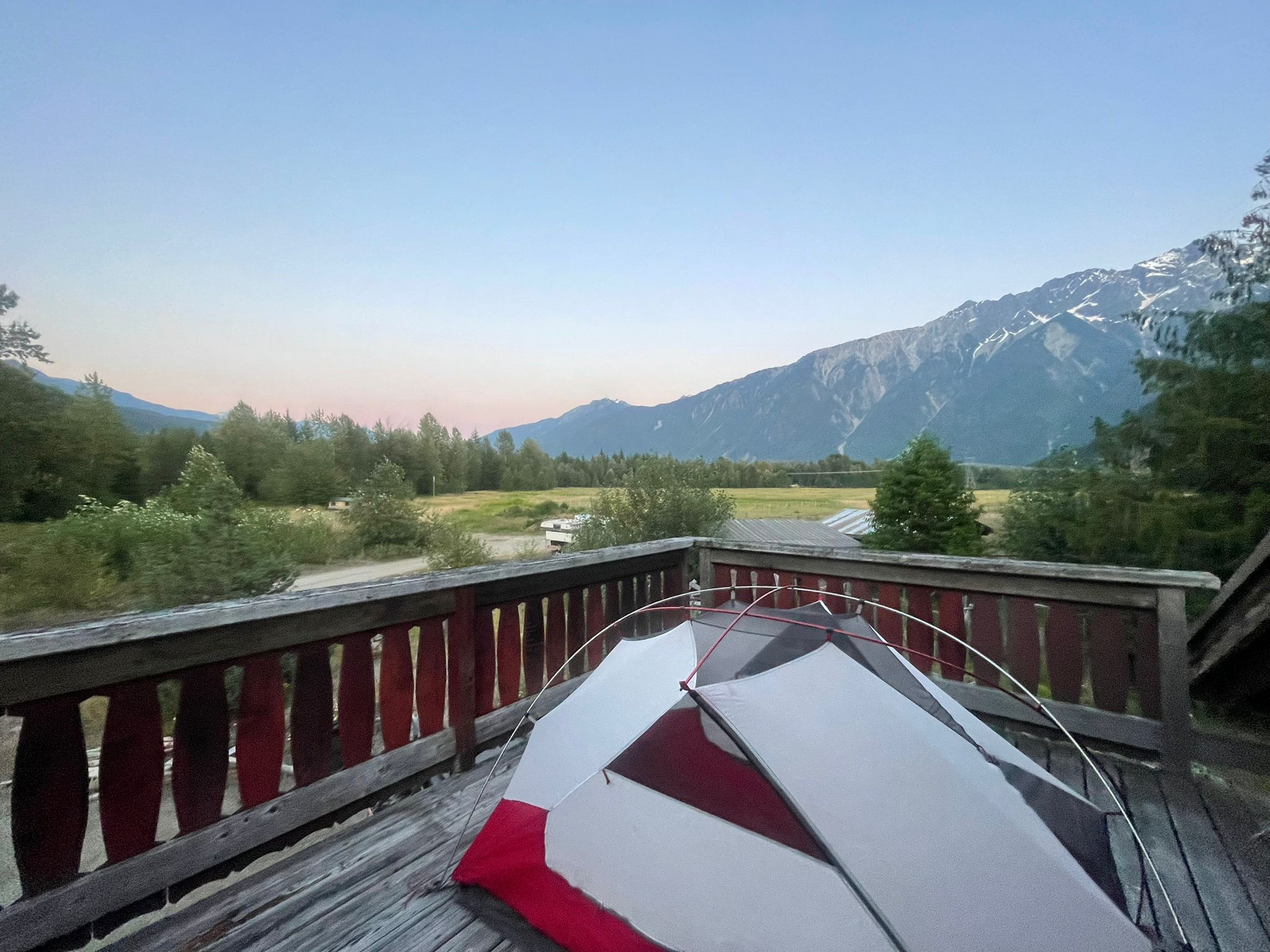
Petrol stations, or signs of life, were few and far between
For those accustomed to cycling in Europe, Canada is an entirely different ballgame. This is not the civilised meander along twee English country roads or flat Dutch cycle lanes, where cafes and stores pop up every 15 minutes and the solution to bad weather is hopping on the next train.
Canada is big and remote. You can follow the same highway for a week, everybody drives a pickup truck, and the next scheduled train (if there is one) is probably in three days' time.
As a woman I met at a gas station told me, “Here, it's go big… or go home!”
With only a one-way ticket to Canada, home was not an option.
Pedalling through infamous locations like the Icefields Parkway, mountains loomed over me and forests stretched as far as the eye could see; it was a vast wilderness like no other I had experienced.
This made for unforgettable cycling, but also complicated route planning. With 50-100km between habitation, I had to check the map carefully, locating possible gas stations, local stores or public taps where I might be able to fill up water or purchase food.
Get ready for the highway
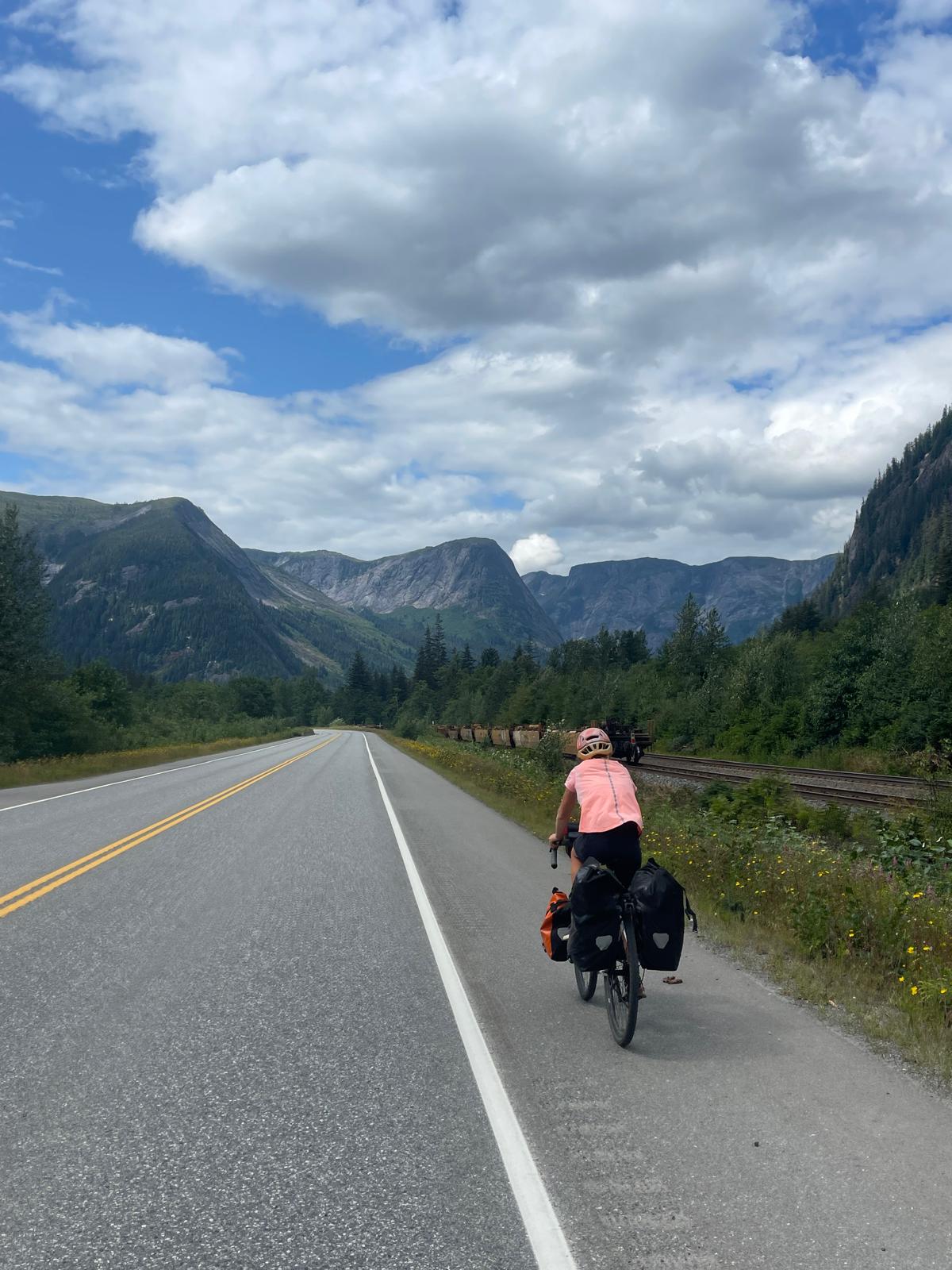
The roads are long, and wide, but busy
Cycling in Canada requires getting comfortable with highways. In fact, unless you are willing to take on some seriously gnarly back-country trails, there are few (if any) alternatives to the main highway in most places.
In all honesty, the highways can be terrifying. Giant 25-metre-long logging trucks hurtle past at 80kmph, monster pickups lurch out from hidden junctions (word of warning, vehicles can turn right on a red light in Canada), and rumble strips can send a bike spinning out of control. Oh, and watch out for the odd deer or bear, you do not want to hit one of these either.
For those who are set on diverting from the main highway, there are several adventurous alternatives; but beware, these are rarely paved and require even more fortitude, as well as several cans of bear spray. On several occasions I came face to face with a bear, mustering all the courage I could fathom to remain calm and confront the animal as a local forester had taught me.
Deathly wildlife aside, logging roads and dirt tracks make for fantastic wilderness rides, if you are prepared for extreme elevation. For example, a steep gravel road from Pavillion to Kelly Lake or the back road between William’s Lake and Quesnel provide incredible views, with barely a single vehicle.
You don’t have to bust the budget
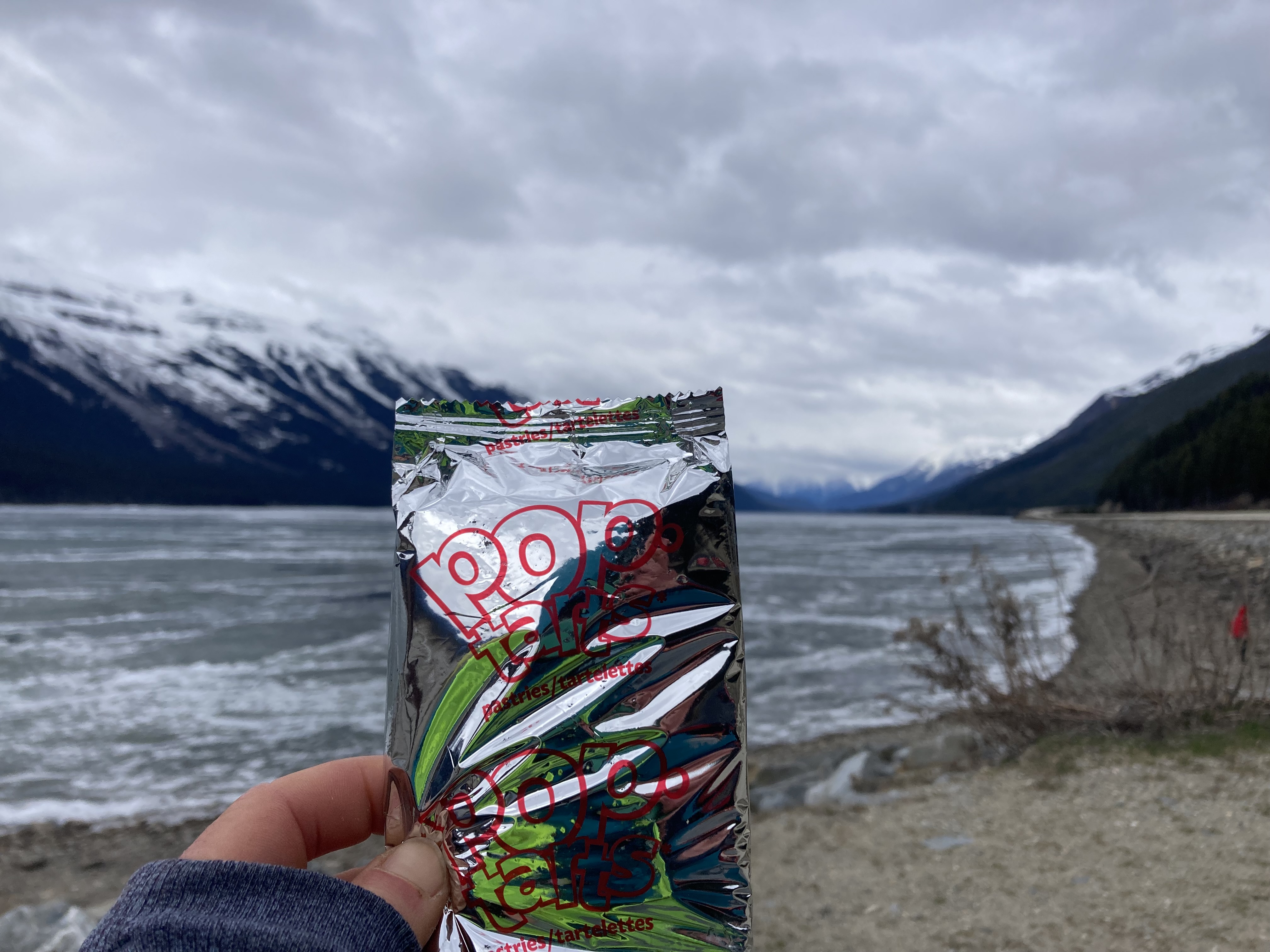
Grocery shopping turned out to be expensive
Canada is not renowned for being a cheap cycling destination, and, having just completed a tour of Turkey, the cost of grocery shopping and accommodation was initially a huge shock. Food is eye wateringly expensive; a loaf of bread could set you back $5, many campsites demand upwards of $30 for a single night, and a quote I received for new tyres had me choking on my coffee.
Nonetheless, it can be done on a shoestring, if you are canny.
Provincial or municipal campsites are cheap or sometimes free (beware they rarely have running water), and while some are glorified car parks, many are in beautiful locations. They are also a great chance to meet other interesting tourists and local Canadians. From the mushroom hunter with six chiwawas who gave me a fungi foraging lesson in Kitwanga to the American motorbikers who cooked me dinner at Burns Lake, these sites are wonderfully diverse places.
There are also many Warmshowers or Couchsurfing hosts across Canada, where incredibly generous individuals offer a bed or camping place for fellow cyclists, and I stayed with numerous individuals, couples and families, immersing myself in Canadian culture along the way. I went paddleboarding, climbing, trail running, and even attended parties with several hosts. The rumours are indeed true, whilst generalisations won't apply to all, Canadians are really just very nice!
Take time to understand Canada’s colonial history
Crossing British Columbia by bike also brings one right up against Canada’s colonial history, and its reverberations for contemporary communities, cultures and places.
Following the arrival and settlement of white populations, particularly from Britain and France in the late 1500’s, Canada’s First Nation’s people were rapidly depossesed from their native territories and decoupled from their cultures and family units.
In recent decades the national government has made significant strides in confronting these horrors and making reparations, however, the impacts on communities and their continued struggles for recognition and territorial rights are transparent while cycling through the province.
As such it is perhaps important to invest time in understanding these histories and politics whilst on route. There are museums in Vancouver and Prince Rupert, as well as smaller roadside information points or cultural sites (salmon fishing in Whitsit and beautiful Totempoles in Kitwanga), and even documentaries such as ‘Yintah’ a recent film currently showing in several Canadian cities, which provide an insight into indigenous communities and their cultures.
Top tips for cycling in Canada
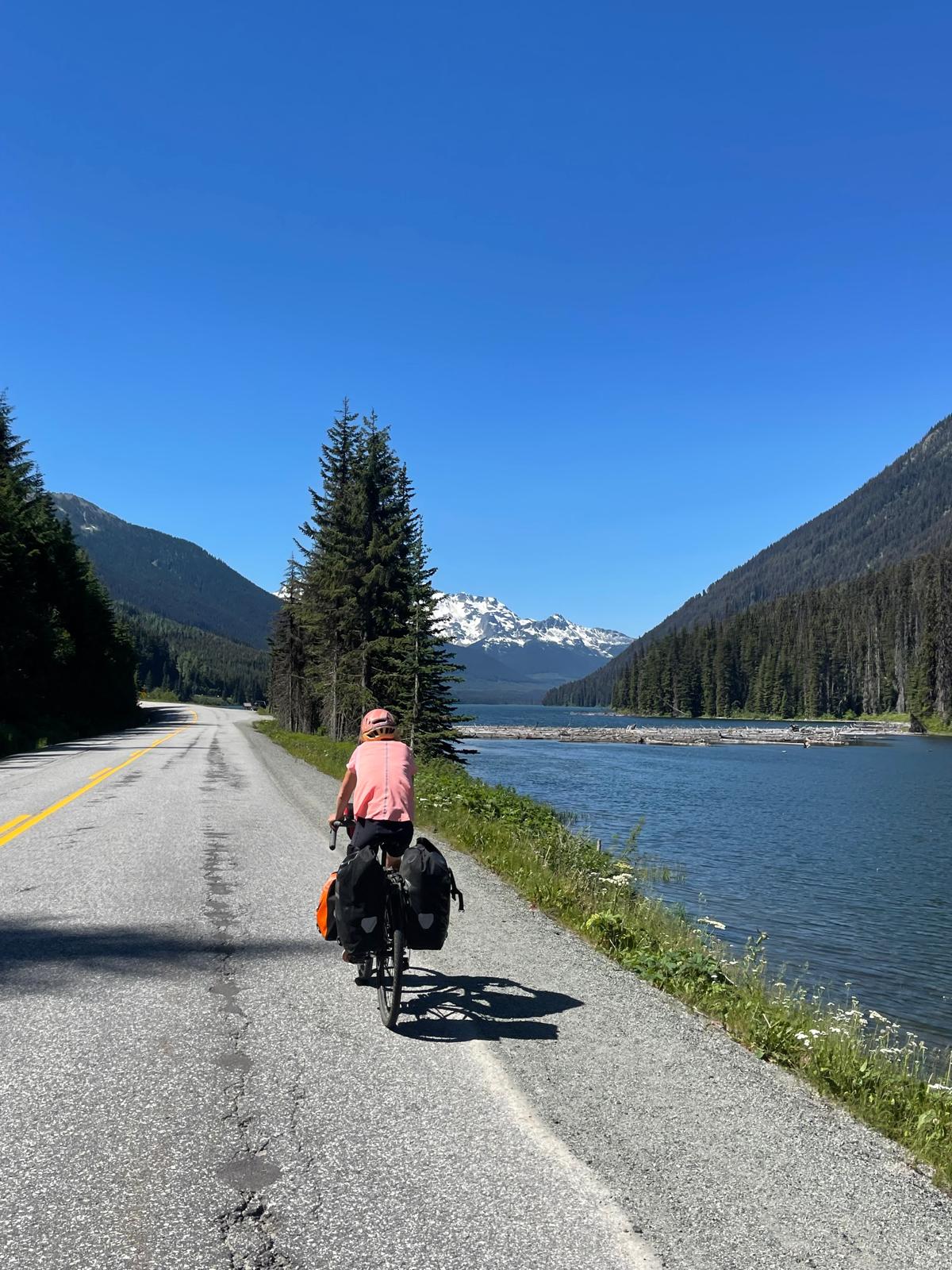
1) Make use of the ferries: There are some incredibly stunning ferry rides along the coastline, where bikes can be transported for free. Do not miss the route from Prince Rupert to Port Hardy, which takes you through the inside passage, it's a journey you will never forget.
2) Take a tent: Given the distance between accommodation, a tent is essential for any multi-day bike trip in British Columbia, and there are plenty of places to camp. I used a 2-man MSR Hubba Hubba as it is relatively lightweight and durable.
3) Waterproof panniers are a must: Rainfall is probably unavoidable in many parts of British Columbia so investing in high quality, waterproof panniers is important.
4) Bring bear spray: You will frequently spot bears while cycling, and if you want to stay safe bear spray is essential. It can be purchased in most small or larger towns.
5) Fit quality tyres: Even if sticking to highways, reliable tyres are important, as (particularly if travelling before June when the hard-shoulder is swept), small stones litter the road side and pose a puncture risk.
6) Download your maps: There is often poor or no signal in many places, which persists for several hours or even days, and it is advisable to have an offline map to navigate these sections. I recommend Maps.me
7) Seek out free places to stay: Check out apps such as 'ioverlander' which show good places for pitching your tent for free. Many regional parks also have free campgrounds.
Have I convinced you yet?
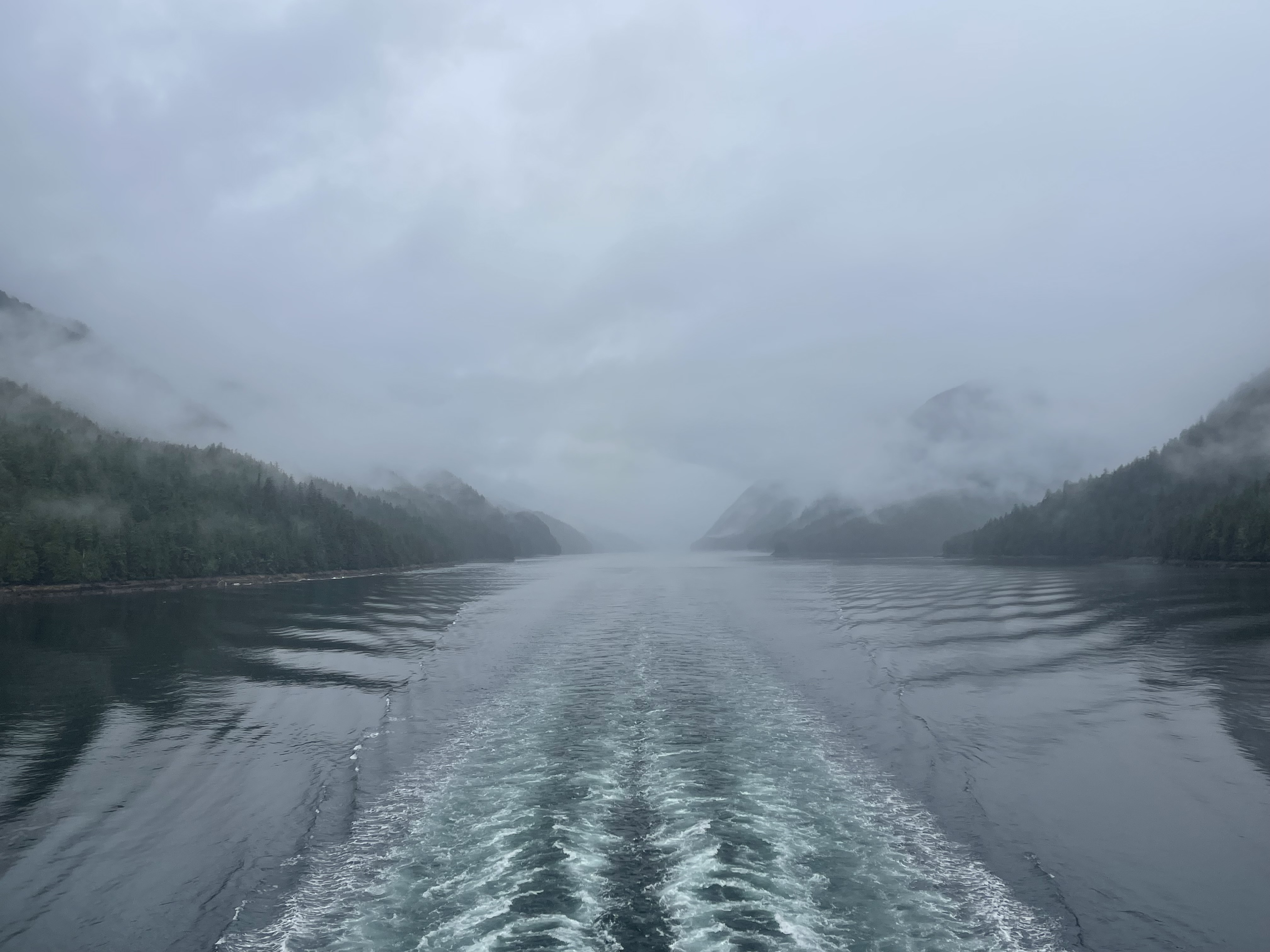
Ferry trips are an unmissable part of the experience
Reflecting on my description of this tour, between terrifying wildlife, hair-raising traffic and wild weather, I perhaps did not paint such a rosy picture. It sounds more like one of the 12 tasks of Hercules than a holiday; I don’t think I would secure a job for the Canadian tourist board any time soon.
Don’t let this put you off. Cycling in British Columbia was, for me, an incredible and life-changing experience. The area provided a chance to visit remote locations, swim in some of the world’s best lakes, come right up against rare wildlife, and share interesting conversations with strangers, all inaccessible when whizzing past in a car.
For anybody looking for their next cycle challenge, touring Canada by pedal power is undoubtedly a tough challenge, but makes for an unforgettable experience.
They call it Beautiful British Columbia for a reason, and the best way to see it is by bicycle.

Thank you for reading 20 articles this month* Join now for unlimited access
Enjoy your first month for just £1 / $1 / €1
*Read 5 free articles per month without a subscription

Join now for unlimited access
Try first month for just £1 / $1 / €1
Isobel Duxfield is currently a freelance journalist and consultant on gender equal mobility for several public sector organisations. She previously worked in Brussels for a sustainable mobility network.
-
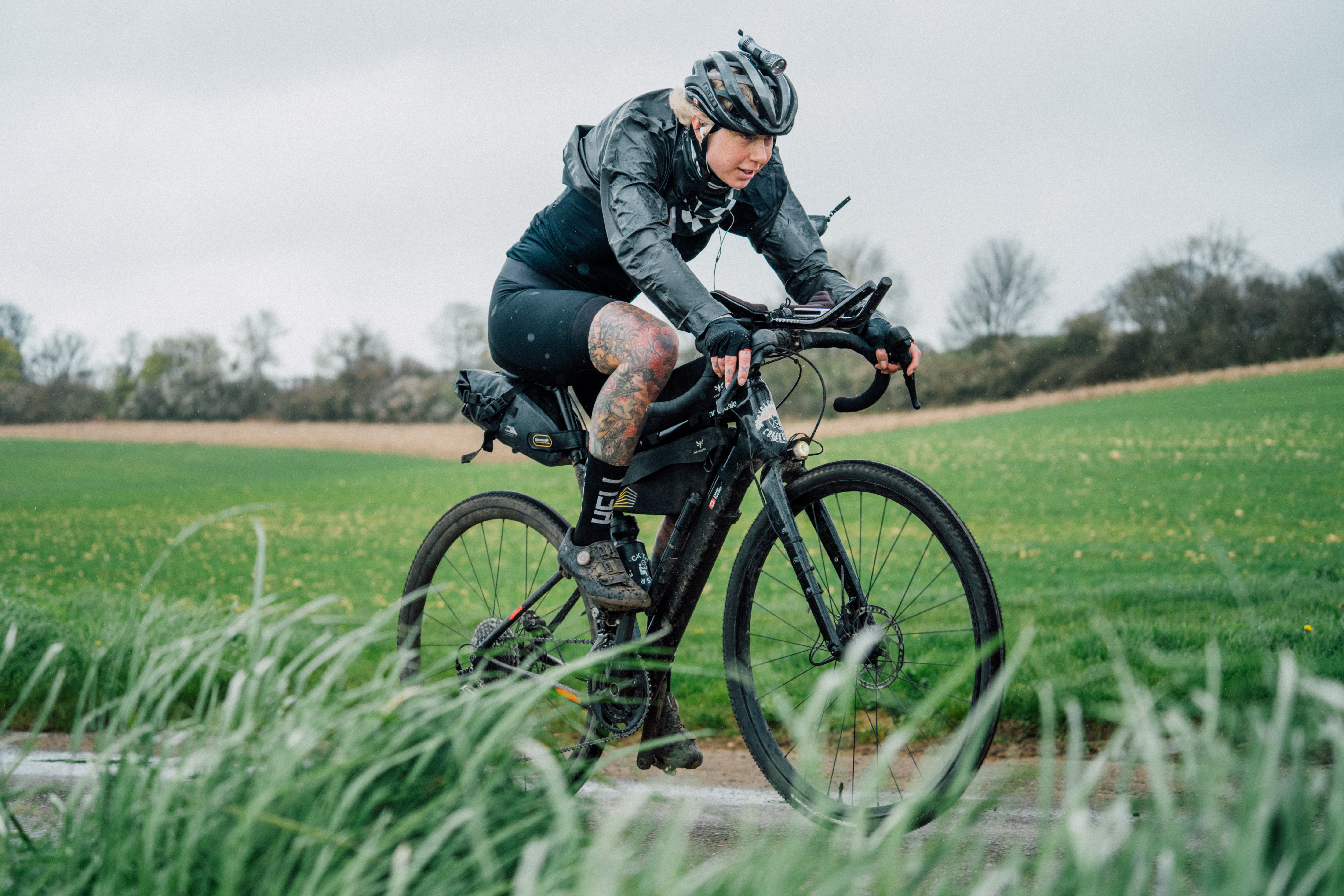 'I've bought four kilos of Haribo just in case' - Meet Dr Sarah Ruggins, who has gone from paralysis to aiming for the LEJOGLE record
'I've bought four kilos of Haribo just in case' - Meet Dr Sarah Ruggins, who has gone from paralysis to aiming for the LEJOGLE recordCanadian is aiming to take the overall record for Lands End to John O' Groats to Lands End, which currently stands at five days, 18 hours
By Adam Becket
-
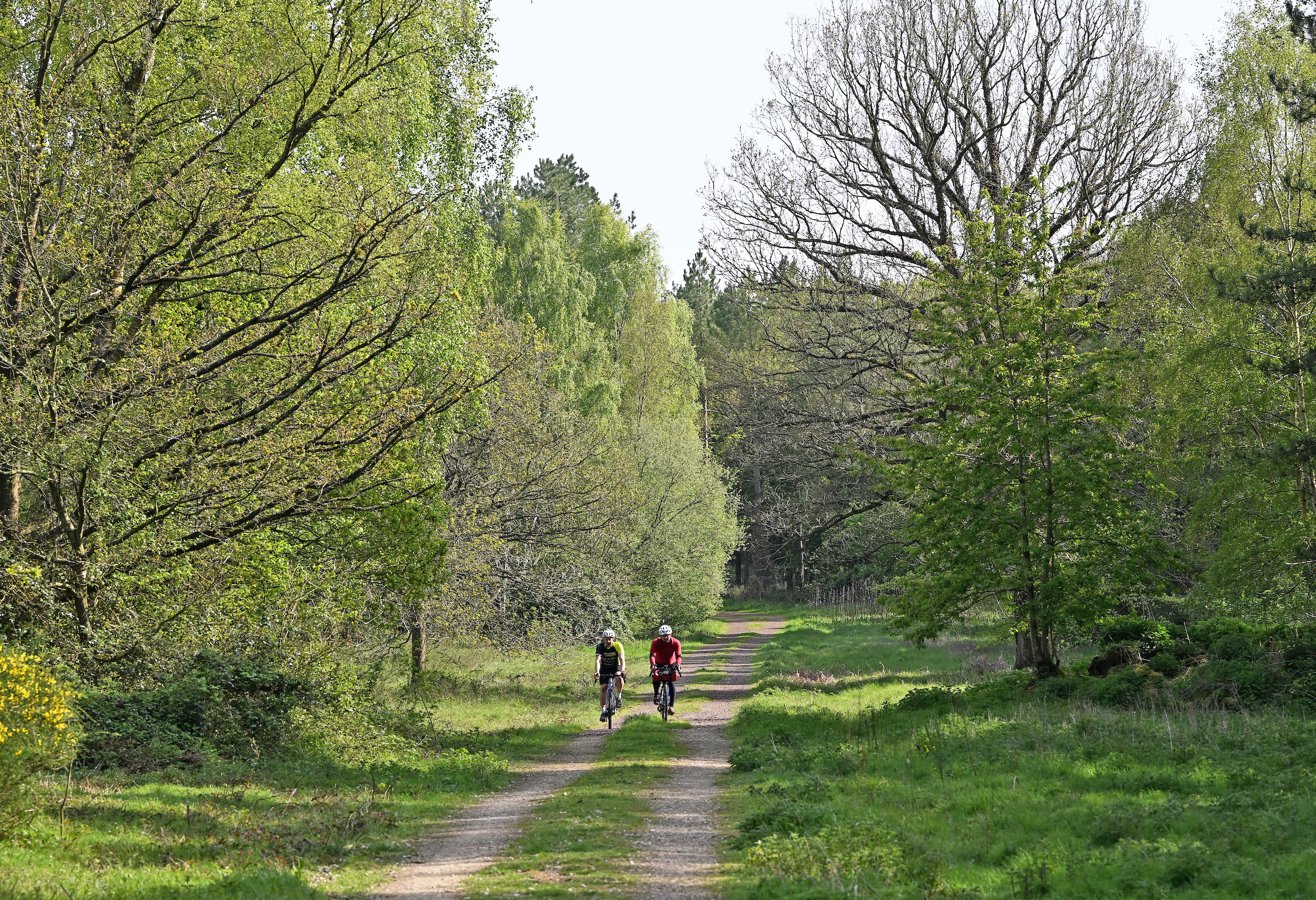 The sun's out and so am I: why there's no shame in being a fair-weather bike rider
The sun's out and so am I: why there's no shame in being a fair-weather bike riderLet's be honest, rain and riding bikes don't mix well – there's nothing wrong with waiting for the sun
By James Shrubsall